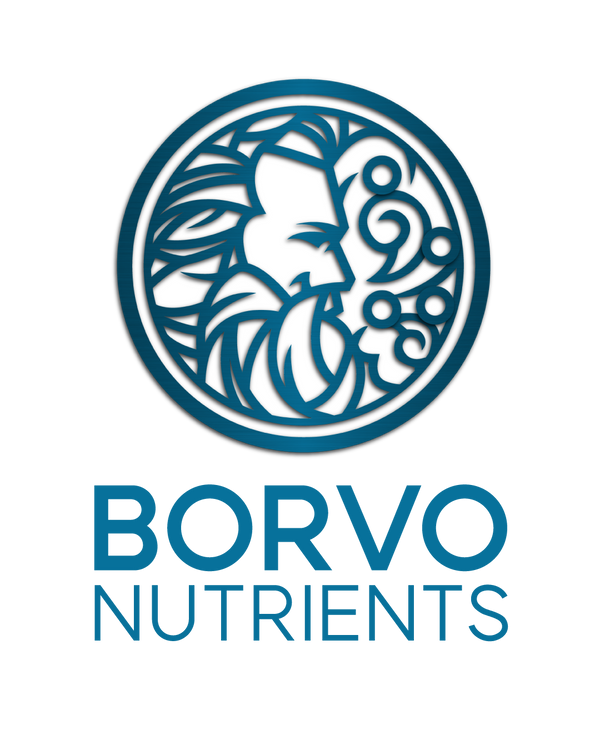Blog
Amount of Iodine needed daily
How the daily Iodine intake is calculated In the Western world the RDA of iodine is based on providing enough iodine for the thyroid glands to produce the two thyroid...
Amount of Iodine needed daily
How the daily Iodine intake is calculated In the Western world the RDA of iodine is based on providing enough iodine for the thyroid glands to produce the two thyroid...
